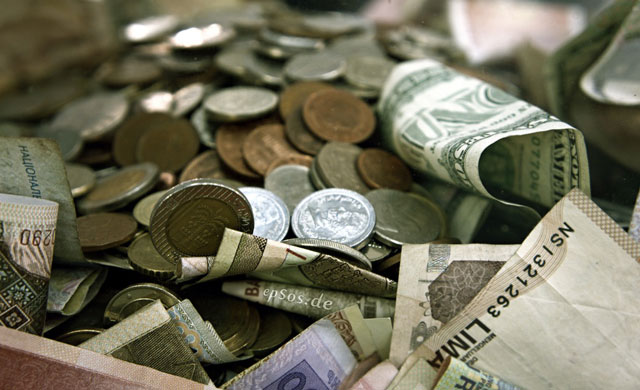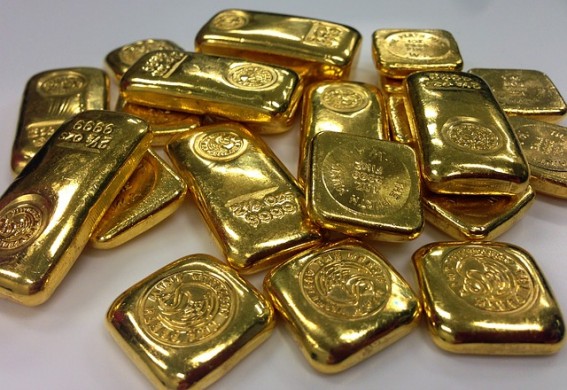Pound Sterling The Pound spent most of the week softer against its peers as concerns over possible military action against Syria was the main driving force behind the markets. Tuesday’s session saw the Pound fall against the Euro following the release of positive data out of the Eurozone and as tensions over Syria saw investors seek shelter in the safe haven currencies such as the Swiss Franc, US Dollar and Japanese Yen.

To ask a currency expert a question direct, click HERE
Or to receive a FREE, NO OBLIGATION quote please click HERE
Midweek Sterling fell for a second-day against the US Dollar after briefly recouping some of its losses following a speech by Bank of England governor Mark Carney. The BOE reaffirmed its plans to keep interest rates unchanged until unemployment falls to 7%, currently it stands at 7%.
On Thursday the Pound was able to make gains against the US Dollar but went on to make losses after the US economy expanded more than forecast. Sterling is on track to make a monthly gain against all 16 of its major peers after the British Chamber of Commerce raised its forecasts for UK growth.
US Dollar
On Tuesday the ‘Greenback’ spent the day higher against many of its peers due to investors seeking shelter in the safe haven currency. Speculation that the US could soon launch a military strike against Syria spooked the markets, and upbeat economic data also bolstered the currency. Consumer confidence rose to 81.5 in August, up from the 81 recorded in July.
As the week progressed the ‘Greenback’ made gains against the Pound and extended its gains against the Euro and other major currencies after data showed that the US economy expanded at a faster than expected pace in the second quarter of the year.
On Friday demand for the safe haven Dollar fell after the UK parliament voted against military action in Syria. The ‘Greenback’ found support from better-than-expected GDP data and the renewed speculation that the Federal Reserve will begin to taper its monetary policy in September.
The Euro
The Euro made gains against the Pound after data released in Germany gave further support to signs that the region’s largest economy is continuing to strengthen.
Midweek the currency softened against the Pound after the latest German consumer confidence data came in weaker than economist forecasts. The single currency was also weighed upon by growing concern that the West could launch military action against Syria.
As the week came to an end the Euro was holding steady near to two-week lows against the US Dollar after positive data out of the States renewed
speculation over whether the Federal Reserve will reduce its stimulus programme. It recovered some ground after data showed improvement to the Italian unemployment rate and Eurozone confidence indexes.
Australian Dollar
The ‘Aussie’ spent the week falling against its peers. Against the US Dollar and Japanese Yen the currency weakened as investors continued to sell off emerging market holdings. It then fell to a three-week low against the US Dollar as demand for higher-yielding assets waned over concerns of the prospect of military action in Syria. Against the Euro the currency tumbled to a three-year low after the UK and France signalled that they may take action in response to the use of chemical weapons in the Middle Eastern country.
As the week ended the ‘Aussie’ looked set to make its longest monthly losing streak in more than four years due to the USA posting positive GDP data which increased expectations for the Federal Reserve to reduce its monetary stimulus programme.
New Zealand Dollar
At the start of the week the ‘Kiwi’ touched a three-week low as volatility headed for its highest closing level in more than a month amid a selloff in emerging-market assets.
Data showing that business confidence in New Zealand fell to 48.1 in August, down from the previous reading of 52.8 did little to support the currency.
On Friday it looked set to make a 2.5% fall this month after the currency was heavily impacted by the global sell off of emerging market assets. The country’s dairy industry was exposed to a false food scare, and investors speculated the Federal Reserve will start unwinding its money printing programme next month.
Canadian Dollar
On Monday the ‘Loonie’ strengthened against the British Pound after the price of Canada’s biggest export, crude oil, increased in the wake of fears that supply of the commodity could be strained if the situation in the Middle East worsens. The price of oil rose by 2.7% after Syria’s Walid al-Muallem ominously warned that the country is capable of defending itself and that they would ‘surprise’ the world should the United States launch air strikes. The currency was also supported by comments made by John Murray, the deputy governor of the Bank of Canada who said that the eventual removal of the USA’s monetary stimulus measures will initially but ultimately prove to be a good thing for the Canadian economy.
As the week went on the currency weakened against the US Dollar as concerns that the two North American economies are diverging weighed on sentiment.
Do you have a foreign currency requirement?
To ask a currency expert a question direct, click HERE
To receive a FREE, NO OBLIGATION quote please click HERE.
~~~~~~~~~~~~~~~~~~~~~~~~~~~
Any opinions expressed in this document are those of TorFX analysts. Any analysis and/or forecasts provided are aimed at helping clients understand market conditions and developing trends. Clients are wholly responsible for their own trading decisions.


 Hot Features
Hot Features











